Plant Native
When choosing trees to plant in your yard, we recommend selecting native species. Native trees have a distinct advantage over non-native trees in surviving our winters because they have evolved over time to adapt to local soil, climate and wildlife conditions. Once established, this makes native trees hardier and less prone to pests and diseases, allowing them to better survive our wintery weather.
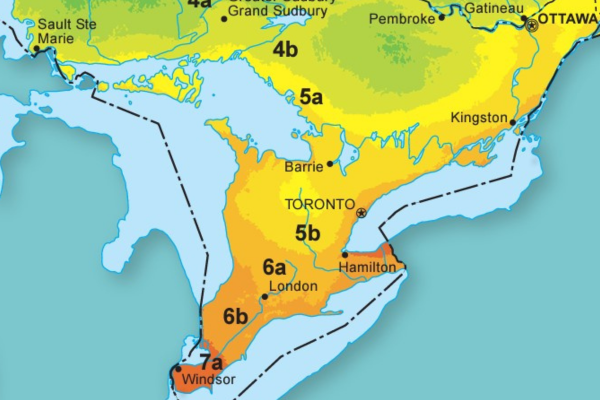
Preventative Pruning
During the winter, strong winds along with ice and snow buildup, make weak and vulnerable tree branches more likely to break, particularly on young trees. To reduce the likelihood of broken branches and the stress this can create for trees, we encourage structural pruning. The best time to prune most trees is during the dormant season (late fall/early winter and late winter/early spring), as it is easier to see the tree structure without the leaves. It is important that pruning follows proper arboricultural methods. A great resource for pruning young trees can be found at the Trees are Good website. For work on more mature trees, contact an insured ISA certified arborist through the International Society of Arboriculture.
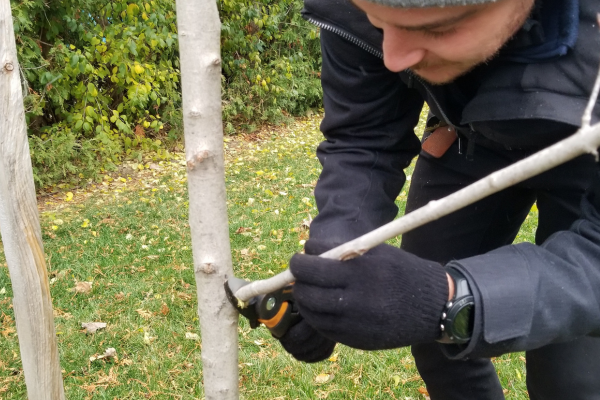
Water Your Trees
Trees experience winter drought when they lose more water than they can absorb from the frozen ground. Windy conditions during the winter can exacerbate the drying out process, particularly for evergreens trees. Winter drought creates stress, which can reduce a tree’s ability to withstand winter conditions. To prevent this, it is important to continue watering your trees in fall until the ground freezes for winter.
On average, young trees should be watered twice per week using approximately six gallons of water each time. This is equivalent to using three two-gallon watering cans or a hose without a nozzle on a slow trickle for 15 minutes, twice per week. It is important to monitor water levels to avoid over and underwatering. To check if your tree needs watering, stick your fingers in the soil under the mulch around your tree. If it is hot and hard, your tree needs a drink, but if it is cool and moist, your tree should be good for another day.
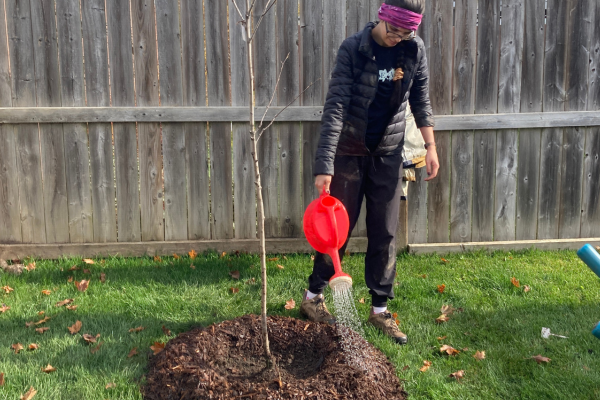
Mulching for Insulation
Mulch helps insulate and protect your tree’s roots from extreme temperature changes over the winter. We suggest spreading a layer of natural mulch (woodchips, leaves or other organic materials) about two-to four inches deep, in a doughnut shape around the base of the tree in late fall before the ground freezes. Ensure the mulch is not piled up against the trunk of the tree (six inches clear) as this can lead to rot. Bonus tip: Add a one to two inch-thick layer of organic compost like cow/sheep manure below the mulch, so your tree has a readily accessible supply of nutrients in the spring to encourage healthy new growth.
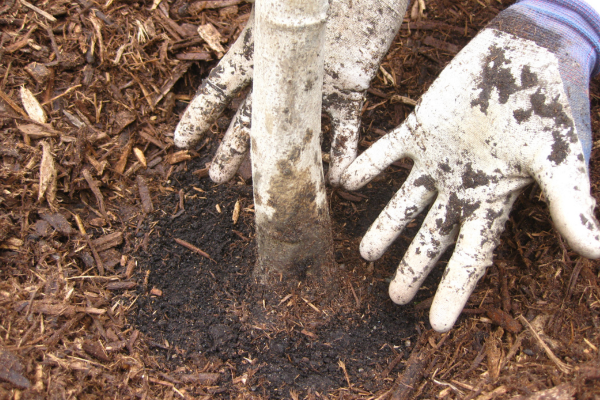
Tree Guards
Young trees often become targets for animals foraging for scarce food over the winter. To deter animals from chowing down on your trees and causing damage, place a breathable retractable tree guard on the trunk of your tree, or a wire mesh enclosure around the outside of your tree’s mulch ring. Although tree guards may be needed throughout the year, it is important to remove them in early spring to avoid moisture build up, which can lead to rot.
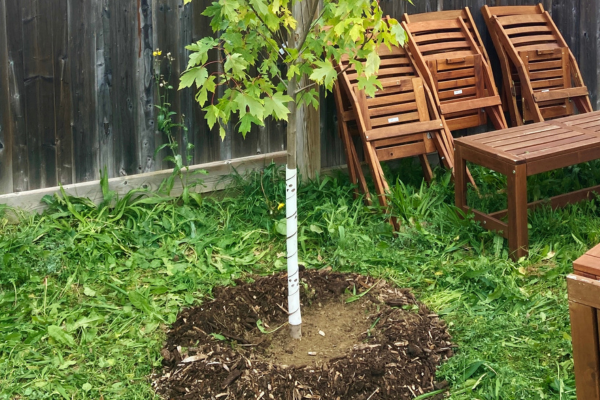
Burlap Barriers for Evergreens
Native evergreen trees are hardy and can generally withstand our winters. However, if you are concerned about winter injury to your small evergreen trees, building a burlap barrier can help! Place four stakes around the tree and wrap burlap around the stakes, making sure to leave space between the burlap and the foliage (leaves) to allow for air circulation.
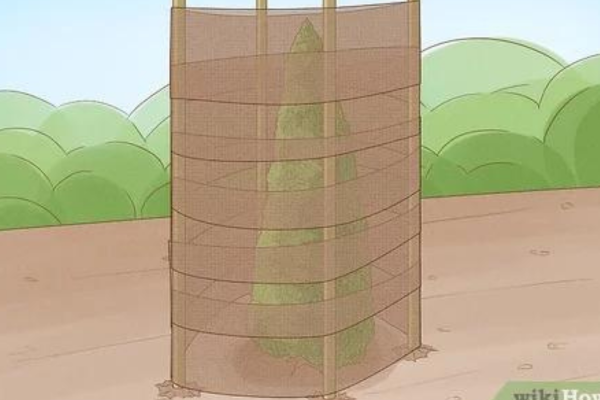
Do Not Apply De-icing Salt Near Trees
Avoid using de-icing salt in the vicinity of trees. These products can seep into the soil around your trees and draw water away from roots, which causes root burn. If you do have slippery surfaces near trees that pose a safety hazard, we suggest using sand as an alternative.
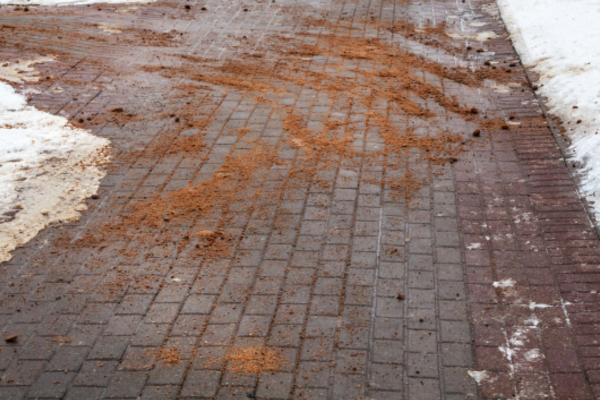
Want more advice on how to care for your tree? Learn more Tree Care tips or consider booking a consultation with LEAF today to get help planting your next tree!
Joel Sloggett is the Residential Planting Programs Field Assistant at LEAF
LEAF offers a subsidized Backyard Tree Planting Program for private property. The program is supported by the City of Toronto, the Regional Municipality of York, Durham Region, the City of Markham, the Town of Newmarket, the Regional Municipality of Durham, the Town of Ajax, the Township of Brock, the Municipality of Clarington, the City of Oshawa, the City of Pickering, the Township of Scugog, the Town of Whitby and Ontario Power Generation.
